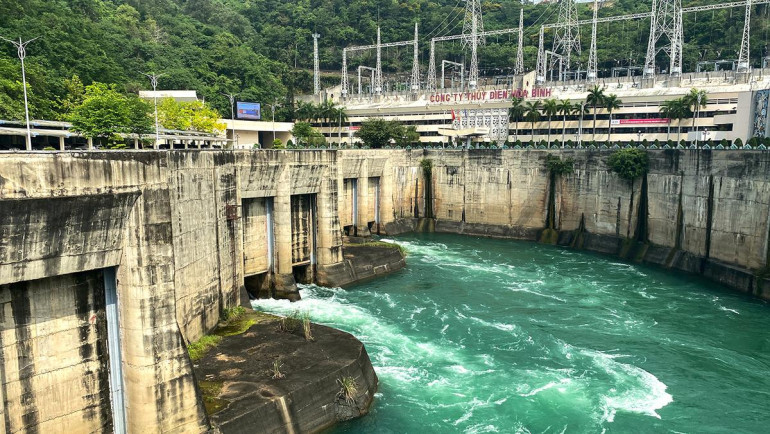
Follow India Renewable Energy News on WhatsApp for exclusive updates on clean energy news and insights
Govt to Outsource Geological Reviews to Fast-Track Hydropower and Pumped Storage Projects
Oct 03, 2025
In a significant move to accelerate India’s clean energy transition, the Central Electricity Authority (CEA) has announced plans to outsource geological assessments for hydroelectric and pumped storage projects. By engaging external experts, the agency aims to fast-track detailed project report (DPR) evaluations and reduce appraisal timelines that often delay project approvals.
Currently, geological studies are handled by government agencies, but outsourcing is expected to bring greater efficiency and speed. “Competent experts will evaluate geological chapters of DPRs, and CEA shall concur with project reports based on their evaluation,” the authority stated, adding that experts will be compensated suitably for their services.
India’s hydroelectric potential is estimated at 133.4 GW, while installed capacity stood at 50.1 GW as of August 2025. Another 13.2 GW is under construction, and 21 GW of approved projects are awaiting construction. Timely clearances are expected to help bring these projects online faster, aligning with India’s accelerated clean energy targets.
The combined renewable energy and large hydro capacity has grown at a compound annual growth rate (CAGR) of about 11% over the last decade, reaching 243 GW as of August 2025—accounting for 49% of the country’s total power generation capacity. Ratings agency ICRA projects that renewables and hydro will exceed a 35% share of India’s energy mix by 2030, supported by strong renewable additions and slower coal capacity growth.
To tackle intermittency challenges, CEA is also prioritizing pumped hydro storage expansion. The agency aims to add over 10 GW of pumped storage capacity annually from 2028-29, targeting 57 GW by 2032 compared to the current 5 GW. This strategy will provide critical grid stability as renewable penetration deepens.